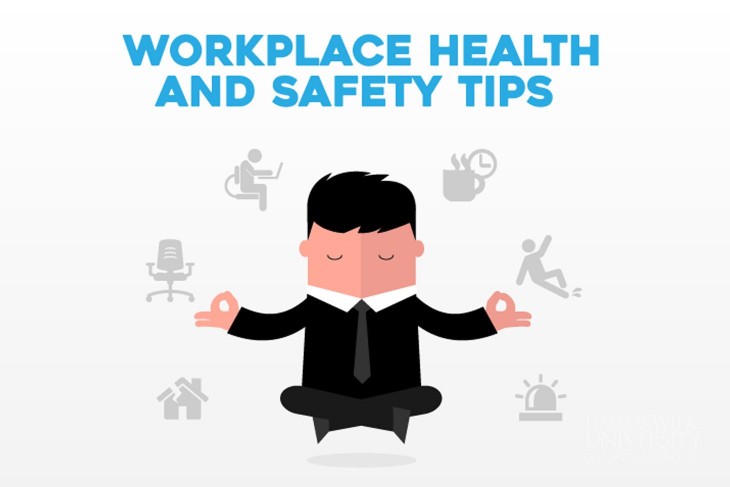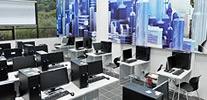
Companies spend USD 170 billion annually to compensate costs associated with occupational injuries. Research reveals that companies who practice safety and health management systems can reduce their injury and illness costs by 20 to 40 percent.
A separate report by the Better Business Bureau states that safety should be the most important part of the workplace as it protects the well-being of employees. Safe workplaces can increase productivity and lower the productive days lost due to job-related injuries.
Here are seven workplace health and safety tips every employee should know:
Be aware of your surroundings
To ensure the safety of employees and reduce the number of injuries and accidents, it is essential to know how to identify health and safety hazards in the workplace.
Potential hazard spots in the office may be near electronics, storerooms, bathrooms, pantries/kitchens, and workshop areas.
Maintain a correct posture
Your computer should be positioned directly in front of you, allowing 14-25 inches between your eyes and the screen depending on your visual acuity. The height of the keyboard should permit your arms to slightly slope downward to prevent wrist and elbow injuries such as Carpal Tunnel Syndrome.
Sit upright in your chair, with your feet touching the floor when you are working at your desk. Keep your shoulders in line with your hips to avoid back problems.
Use ergonomic furniture
All work equipment such as chairs, work surfaces and monitor stands should all be adjustable to make sure that everything you need is within easy reach. Documents are best placed either in front of you on your work surface or on an adjustable vertical stand next to your monitor.
Take regular breaks
Work-related injuries and illnesses mostly occur when employees are tired, burned out and not alert to their surroundings. Taking regular breaks helps you stay focused because it reduces muscular tension and allows more consistent good sitting posture.
Report unsafe conditions
Any workplace safety hazards or risks must be reported in order to have a constantly safe work environment. Sightings of torn carpets, loose tiles, wobbly steps, broken chairs or desks, stray electrical cables or obstructions of walkways must be reported.
Keep workplace tidy
Refrain from eating or drinking at a computer station because spills and crumbs could get into the keyboard and cause malfunctions. Desk or file cabinet drawers should be closed to avoid others walking onto them.
According to the United States’ Occupational Safety and Health Administration, boxes, files and various items piled in walkways can create a tripping hazard and should be safely stored in proper locations to prevent clutter build-up in walkways. Additionally, stretching cords across walkways or under rugs may also create tripping and electrical hazards.
Prepare for emergencies
Being prepared for emergencies overtime is important for every employee. All emergency exits should be kept easily accessible. Know where the nearest emergency exits are along with other locations on your floor.
Participating in fire drills frequently readies employees for possible fire outbreaks. For fire evacuations, it is always advisable to take the stairs instead of an elevator.
Employees should have backup strategies to save data in case of possible power outages and computer network failures.
Sources:
http://sharonstarika.com/2012/10/posture-in-the-workplace/
http://safety.lovetoknow.com/Office_Safety_Tips
https://www.osha.gov/Publications/safety-health-addvalue.html






















